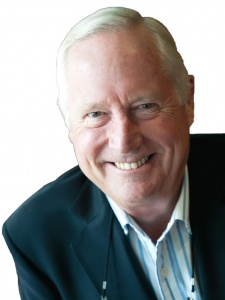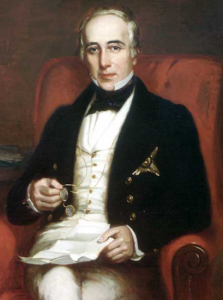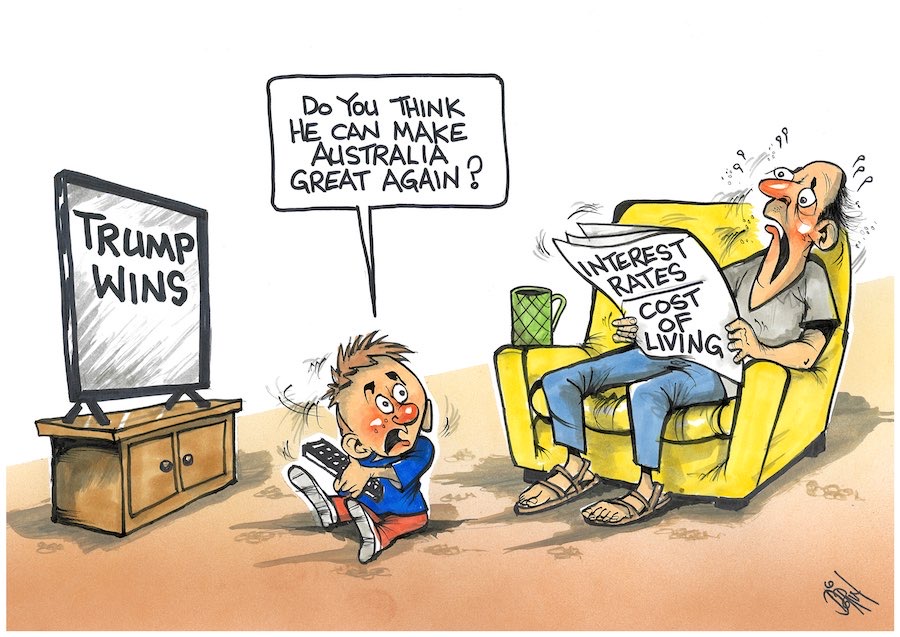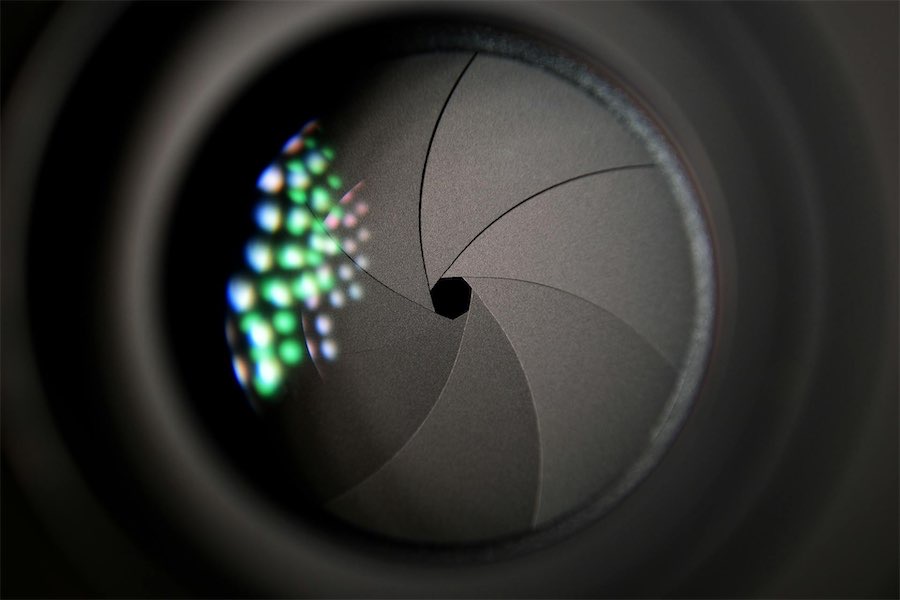MY crusade to bring our natural and man-made place names out of the vile colonial shadows into the sunlight of modern Australia has struck a foreign object. We call it Tasmania.

Actually, it was the first time my wife and I had been there together though we’d each made flying visits in our youth; and in neither case had it made much of an impression. Not so this time.
After 10 days I was more than happy to cut the ties and let it float all the way back to Britain where they’d all much prefer to be anyway. They only pretend to be Australian so they can keep the GST money flowing in lest they sink beneath the fiscal waves never to be seen again.
Unfair? Well, maybe. But consider this. They simply refuse to recognise their appalling history. And worse, they turn it on its head.
When the Brits arrived in 1803 the Aboriginal people numbered about 7000 comprising nine “nations”. By the 1820s Governor George Arthur ruled the island with a gospel in one hand and a gun in the other. And since the Aboriginal people declined the one he gave free rein to the other.
In 1828, he declared martial law and for three years his soldiers had carte blanche to shoot them on sight. He organised a “Black Line” comprising every able-bodied colonist to sweep across the island, mustering them into the Tasman Peninsula and killing the runaways. After seven weeks the attempt was abandoned, but by 1832 only 300 Aboriginal people remained alive. They were transported to Flinders Island in Bass Strait and by 1874 the genocide was practically complete.
The place is dotted with massacre sites, but the visitor would search in vain for any memorial or admission of fault.
The treatment of the convicts reflected the same hateful attitudes of race and class. Arthur demanded that it be a “place of terror” and the sadism it spawned was equalled only by the horrors of Norfolk Island and Macquarie Harbour on the island’s west coast. Yet Port Arthur today is all manicured lawns and phony “ghost tours”. It’s like a shrine to the oppressors. And the latest renovations are designed to house wedding receptions!
The whole thing is a damned disgrace.

Perhaps I shouldn’t have been surprised, but throughout the island and its tiny houses and settlements, Tasmania’s “heritage” is celebrated in the placenames. Endless memorials to Arthur, from rivers to roads to cruises to supermarkets. Same with his successors Collins and Franklin. And for the rest, it’s like a map of England with the rivers Gordon, Mersey and Cam; towns like Sheffield, Exeter, Brighton, Swansea, Stanley, Devonport, Ulverstone, Longford, Gladstone, Derby and (would you believe?) Runnymede!
Towards the end of our journey, I engaged a local ranger at a restored mansion owned by an English company that privately shot out the Aboriginal men, women and children of the area. I pointed out the single mention of the horror in a display. It said: “Some historians say that the company might well have been partly responsible for the demise of the local Aborigines.”
I said: “A bit euphemistic, don’t you think?”
He blushed. “I had to fight to get that mention,” he said. “People here are a bit sensitive about it.”
I turned away in despair.
Who can be trusted?
In a world of spin and confusion, there’s never been a more important time to support independent journalism in Canberra.
If you trust our work online and want to enforce the power of independent voices, I invite you to make a small contribution.
Every dollar of support is invested back into our journalism to help keep citynews.com.au strong and free.
Thank you,
Ian Meikle, editor




Leave a Reply